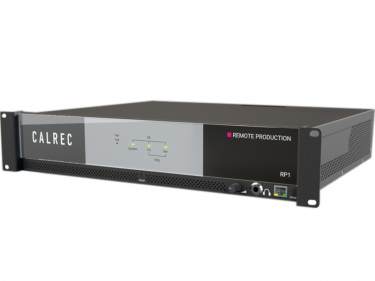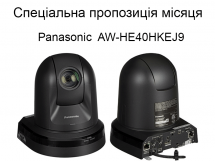| Українська | English | |||||||||||
|
|||||||||||
| News | About company | Service-centre | OB Van/SNG Rental | NextGen Energy Solutions | Contact us |
|
|
Engineering Service, Inc.
» News News At the 2016 NAB Show, Calrec Audio unveiled RP1, a remote production engine that directly addresses an increasingly prevalent requirement for high-quality content from remote locations. Remote production offers the ability to capture a broader range of live events, such as sports, news, or regional music festivals. Broadcasters cannot always justify the time or expense of sending a dedicated outside broadcast truck and a team of skilled on-site operators for these niche events, but they must always ensure that the same high broadcast standards are met.
Calrec's new RP1 engine is a 2U core that contains integrated, FPGA-based DSP, which enables control all mixing functionality from a console surface at another facility. The RP1 core manages all of the processing for IFB routing and remote monitor mixes, and it does so locally with no latency. This level of integration and remote control makes it simple for any remote mix engineer to set up IFB mixes and eradicates any delay for remote listeners or presenters. The RP1 core quickly embeds audio into existing video-transport mechanisms, while its modular I/O backbone accepts any of Calrec's I/O cards. This versatility means the RP1 can connect via analogue, AES, MADI, SDI, and the latest AoIP solutions from AES67, Ravenna, Dante, and SMPTE 2022. "All these remote I/O resources appear to the main audio mixer like any other local I/O box, which means there is no operator learning curve," said Dave Letson, Calrec's vice president of sales. "This is a high-end broadcast mixing system in a 2U box, with the control surface in a physically remote location. What are the barriers to remote production? There are three major barriers to effective, reliable and manageable remote broadcasting: speed, control and infrastructure. Speed: The biggest single issue is latency. Broadcast audio workflows rely on quality monitor mixes with zero latency. It’s vital - and it’s very difficult to achieve when your studio is hundreds or even thousands of miles away. Control: Operators need real-time control over mic gains, fader levels and monitor mix levels, especially when they are remote from all the action – it’s not always possible to physically check a connection or fix a mic position. Infrastructure: Transport is always an issue. How are those bi-directional signals going to be transported and still be in sync with the video? And all in real time? And above all, how can all the control protocols required to mix a production remotely be managed as part of the network? The RP1 Remote Broadcast unit directly addresses all these challenges. "The RP1 core allows remote sources to be patched to studio-based consoles and controlled as if they were physically located at the facility; it's seamless! Dave Letson, Calrec "Remote broadcasting using the RP1 means fewer resources are needed on-site. Controlling audio from a remote console saves money on setup time, crew, logistics, and equipment. It is simple to set up and very easy to use. It also enables broadcasters to cover a greater number of specialised events, such as regional or college sports and smaller entertainment events, at significantly reduced cost, making it possible to maintain an increasingly wide range of content." The RP1 core allows broadcasters to create very low-cost Hydra2 networks for all audio routing requirements. The RP1 provides connectivity to any Calrec Hydra2 I/O box, including Calrec's ultra-compact Fieldbox and H2Hub, providing a cost-effective way to adapt to the requirements of any situation. Such connectivity gives broadcasters access to Hydra2's inherent management features, such as port protection, alias files, and access rights.
« To the list of news |
|
|||||||||||||||||
 |
+38 (044) 593-18-20 +38 (073) 593-18-20 +38 (096) 532-96-82 +38 (095) 532-96-82 Service center Telegram @Engineer_Service |

|
|
|||||
 |
e-mail: engineer-service.tv 15 Vavylovykh str., Kiev, 04060, Ukraine Authorized service centre of Panasonic, Sony, JVC, Fujinon, Canon |
|||||||







